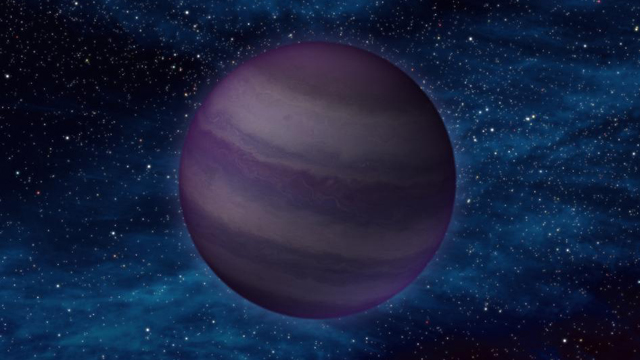
In the ongoing hunt for things in space that are more and more difficult to find (because scientists love a good challenge), NASA’s WISE spacecraft has revealed something new lurking in the dark: Y Dwarfs.
The newly discovered, though long anticipated, “Y Dwarf” is an even smaller, cooler version of the sub-stellar object called a brown dwarf, with surface temperatures hovering around that of a human body, or even “room temperature.”
Y Dwarf stars are so cool that even the infrared radiation they emit is faint, and it took the new, state of the art instruments on NASA’s WISE (Wide-field Infrared Survey Explorer) spacecraft to detect them. With its highly sensitive IR cameras, WISE has discovered about 100 new brown dwarf stars, with six among them being Y Dwarfs ranging in distance from 9 to 40 light years away.
The imaginative side of me likes the idea: a cool, dark, quiescent “star,” like a large, lone Jupiter, floating in the dark interstices between the showier “main sequence” stars, warmly casting its low-energy heat rays into the stellar community. And perhaps it has planets, too, this dark star; worlds of icy darkness, day and night. By night, the clearest, darkest, starriest skies you can see anywhere; by day, the same, except with a softly glowing magenta “sun” embedded in the glittering blackness….
…but this is not what comes to mind when I think of a star! Stars are supposed to be blindingly bright, incredibly hot, and violently eruptive! Right?
Stars, like planets, belong to a wide, continuous spectrum of physical stature, from the giant “O” class stars with 60 solar masses, 50,000 degree C surface temperatures, and 800,000 times the brightness of our Sun down the scale though the B, A, F, G (our Sun), and K classes, to the small M class stars. M stars possess less than a tenth the mass of our Sun and as little as a thousandth the brightness, being only two to three thousand degrees at the surface.
